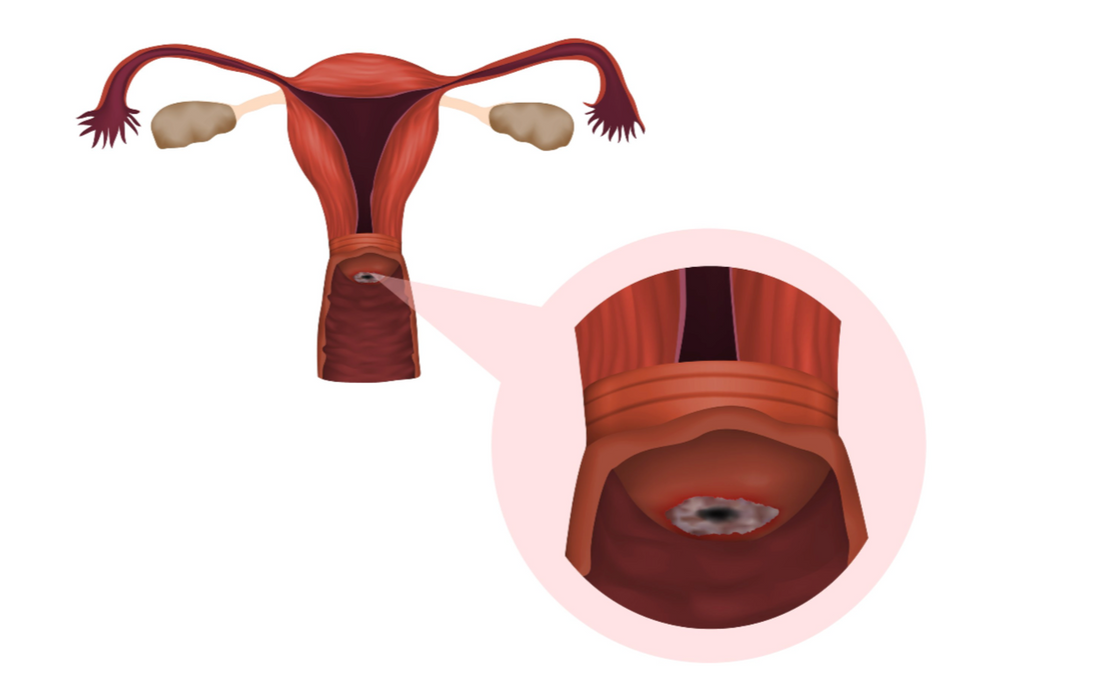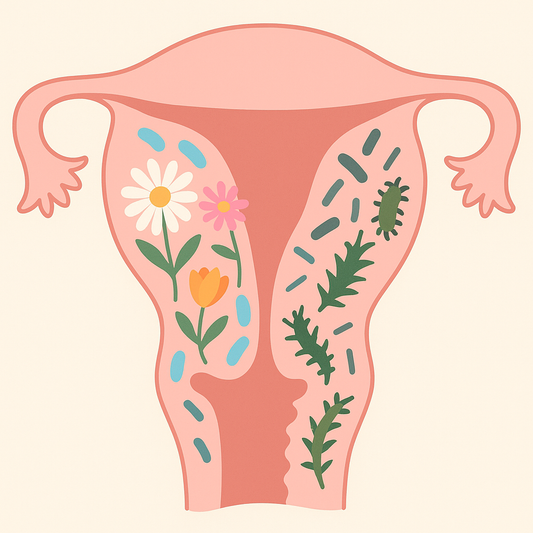
Cervical Dysplasia
Share
This article by Cindy Micleu, L.Ac discusses cervical dysplasia. Cervical dysplasia involves abnormal cell shapes and disorganized layers in the cervix. Mild dysplasia has few abnormal cells, moderate affects the top half, and severe affects the entire thickness. It's considered "pre-cancerous," with mild cases likely to resolve without treatment. An abnormal Pap smear indicates abnormal cells on the cervix, with severity classified based on dysplasia, squamous intraepithelial lesion, or intraepithelial neoplasia. Human Papillomavirus (HPV) infection is a significant risk factor, with over 100 types identified. Smoking, early sexual activity, and oral contraceptive use are risk factors. Pap smear results can be confusing, graded as CIN or using the Bethesda System. HPV testing has false positives. Diagnosis includes colposcopy and biopsy. Oriental Medicine considers factors like Liver Qi and Blood Stasis, Damp-Heat, Liver-Kidney Yin Deficiency, Damp-Heat or Toxic-Heat in the Liver Channel, and Ren and Chong Mai Disharmony. Constitutional factors, stress, diet, and lifestyle contribute. Symptoms guide the Oriental Medicine diagnosis of cervical dysplasia stages, focusing on supporting qi and addressing deficiencies. Read more here.



